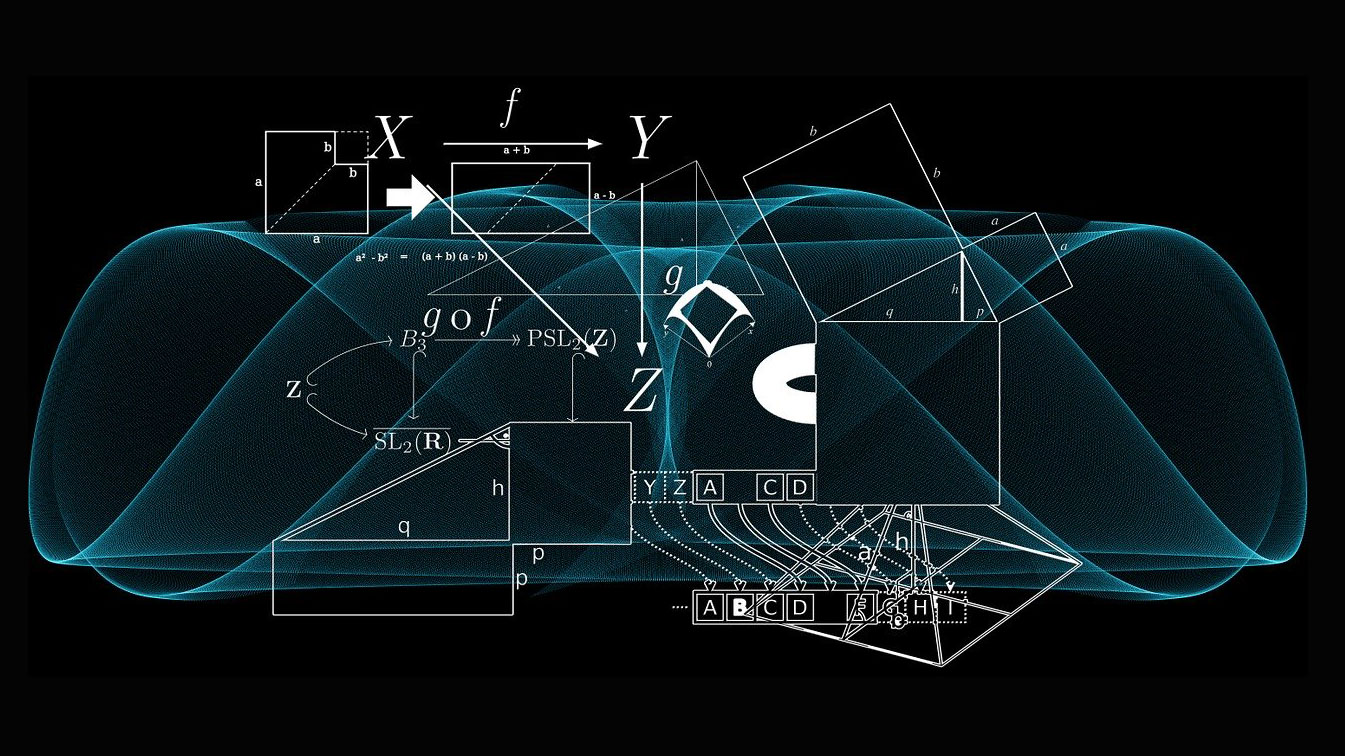Most AI headlines these days read like cautionary tales—machines pumping out soulless essays, deepfake politicians, and hallucinated “facts” with the confidence of a drunk poker player. But every once in a while, AI steps off the hype treadmill and does something so extraordinary, it reminds us why we started building these systems in the first place.
That’s exactly what happened at Emory University, where a machine-learning model didn’t just crunch numbers or speed up experiments—it discovered an entirely new phenomenon in plasma physics that scientists had only theorized about before. And it did it without the usual hand-holding from human experts.
The subject was dusty plasma—a charged gas filled with tiny, electrically charged dust particles, found everywhere from deep space to wildfire smoke. While physicists had studied dusty plasmas for decades, one key mystery remained unsolved: the strange “non-reciprocal forces” acting between particles, where one particle attracts another but doesn’t get the same force in return.
The AI model not only confirmed this asymmetry—it built the most detailed mathematical description of it to date. In simple terms: imagine two boats on a lake. The lead boat creates a wake that pulls the trailing boat closer, but the trailing boat’s wake pushes the lead boat away. That’s what’s happening at a microscopic scale in these plasmas, and now we have a precise, testable formula for it.
But the AI didn’t stop there. It overturned long-standing assumptions, such as the idea that particle charge is directly proportional to particle size. Turns out, it’s also shaped by density and temperature. And it revealed that particle interactions aren’t just about distance—they’re about the relative sizes of the particles involved.
Here’s the twist: training an AI to find new physics is nothing like training it to recognize cats. There’s no massive labeled dataset to feed it. Instead, the researchers built an architecture that could work with limited known data while still leaving room for exploration. The result? A machine that wasn’t locked into human expectations—and could wander into uncharted scientific territory.
As physicist Justin Burton put it, “Used properly, AI can open doors to whole new realms to explore.” It’s the difference between building a calculator and building a colleague.
This isn’t the first time AI has outpaced human intuition in physics—and it won’t be the last. The real question is whether we’ll give these systems the right kind of freedom to keep making leaps we can’t.
Related stories on AI-driven physics breakthroughs:
- AI Learns to Predict Quantum Physics Results Without Solving the Equations
- Machine Learning Finds Hidden Patterns in Plasma Turbulence


